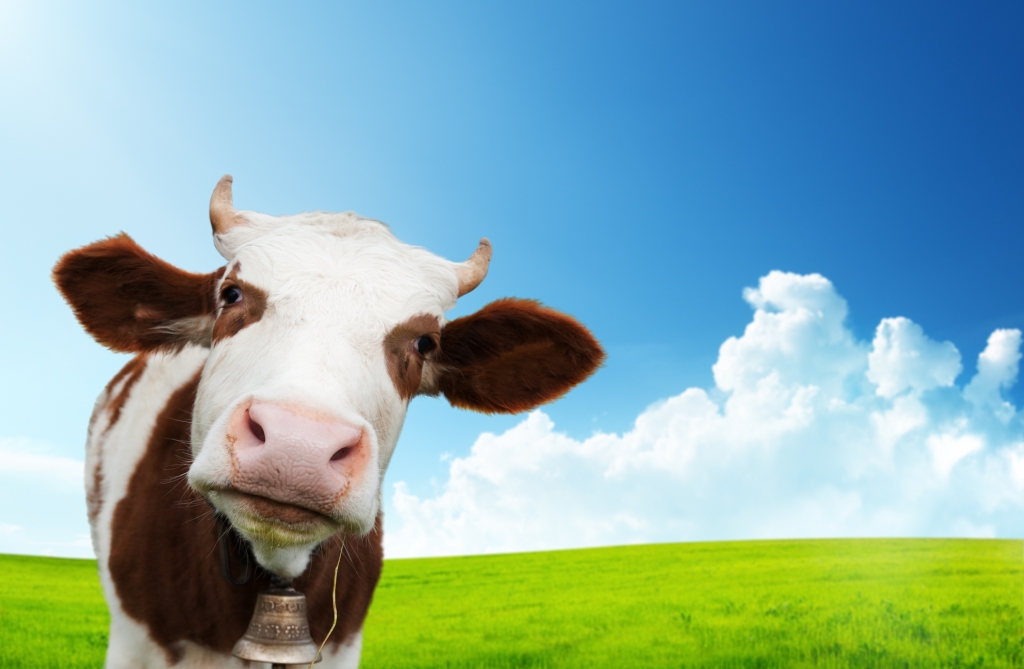
The last handful of stories I’ve written have had food in a major role, ranging from thinking about how food logistics would be done in space to a mother-superhero daughter bonding over Mother’s Day dinner.
I just started on a meal service in the last few weeks, called Territory, which does clean food (coupon code in the link for those interested in checking it out).
As a society, we’ve made food both enormously complicated and an afterthought. Click to Tweet
People don’t have time to cook because of their jobs, or think that every meal should look like Bobby Flay prepared it. Some even think food is only something you have to eat to survive.
So it makes it hard to connect to food in a story.
Food as a Fake Detail
My last story was a fantasy, set in a port city. I use Old Town Alexandria as a setting a lot when I do fantasy because the research is super easy. Just drive down there and look around!
In the story, the characters stop in a tavern for a meal, stew, hard cider, and bread.
But stew can show up in a fantasy as a fake detail.
A fake detail is something generic. It doesn’t add anything to the story or to your characterization. Yes…who knew that stew could contribute to characterization? Click to Tweet.
But stew hits four of the five senses:
- What does it look like?
- What does it taste like?
- What does it smell like?
- What does it feel like? (both texture and temperature)
And it can even hit the emotions. If a blizzard is howling outside and you’re half-frozen when you get inside, a cup of stew is going to be warm and comforting!
So you gain opportunities for building your setting and characterization by paying attention to the little details of food.
How to Research Food
This will be fun, promise! Research for fiction about doing homework for school or driving out to a university library to get three sources. You’re only looking for enough details to hit the four senses and add pieces to the setting. It’s probably not a lot.
- Take into account your location in the story.
If your story is set near a river, the characters can fish for their meals. Or they might be getting more unusual spices from ships coming in. If your story is set in a wooded area, what kind of game would they eat? How does the climate affect what’s available? What kinds of food would people have grown?
If you base your fantasy setting on a real place that you’re familiar with, you can cut down on the research time. Click to Tweet - Take into account the season.
In today’s society, food is available year round. While strawberries have been available in Northern Virginia for the last month, I can also buy them in winter from the grocery store. The thing that amazed me was talking to a relative about the Wisconsin growing season. It was May and it was just starting!
Since food didn’t grow in winter, people would have eaten a lot of meat and root vegetables that lasted for a while. They would have eaten a lot of vegetables in the spring and summer when everything was growing. - Go to historical sites and re-enactments
Food is always a topic at these, because it was so much a part of life in those times. You might see how a table was set, what kinds of dishes they used, or even try samples of food. One of the coolest pieces of information I picked up was at Gunston Hall. Mrs. George Mason, the lady of the house, kept the sugar in her bedroom because it was so valuable! - Sample, sample, sample!
If you’re given opportunities to try something new, do it! My local Thai restaurant had a Thai New Year’s meal, so I tried that out and used it in my story Dinner with a Superhero.
Most of these are easy to do. Next time you eat in a restaurant, order something you haven’t tried before. Maybe it’ll become a meal for your character that she can experience for the reader.
Tell me the most unusual thing you’ve eaten. I think mine was camel meat. during Desert Storm

I wrote a SF short story, You Are What You Don’t Eat, and used names of dishes as puns for fun.
LikeLiked by 1 person
Hi, Joy
That sounds like fun!
LikeLike